COUNTERPOINT: The Smithsonian should not propagate ideology
Published in Op Eds
President Donald Trump is right. The Smithsonian is “out of control.” And it should be a concern to all Americans, whether you agree with Trump on other issues or not. It is the heritage of us all that is under assault.
The Smithsonian’s 19 museums and galleries in the Washington area are gems. However, in recent years, they have peddled a relentlessly negative vision of American history that prioritizes grievance politics over historical accuracy. Let’s consider some specifics.
The Smithsonian American Art Museum’s “The Shape of Power: Stories of Race and American Sculpture” asserts that “societies, including the United States, have used race to establish and maintain systems of power, privilege and disenfranchisement,” dismissing race as a mere “human invention” while promoting the idea that sculpture itself advanced “scientific racism.”
This narrative is based on what’s called critical theory, a form of analysis that was developed in the 1920s and 1930s at the Frankfurt School in Germany. Its proponents blended Marxist ideas with concepts from philosophy and psychiatry to produce an ideological stew that might confuse Karl Marx. Critical theory is likely to persist in academia for years to come, but this approach has no place in our national museums.
The Smithsonian’s National Museum of African American History and Culture, which opened in 2016, produced an infographic branding “rugged individualism,” “hard work” and “the nuclear family” as hallmarks of “White culture.”
Oh, really?
The illegitimacy rate among Black people is now pegged at nearly 70 percent. With so many kids not having fathers and all the social problems that result, African Americans have bigger problems than “White culture.”
When called on it, the museum offered a half-hearted apology.
Recent exhibits at the National Museum of American History have enforced critical theory by slamming American icons like “The Lone Ranger” as tools of cultural imperialism. Even with modern interpretations, his core archetype — a lone hero righting wrongs — should continue to inspire. All I can say is, “Hi-Yo, Silver! Away!”
Another display on the American founding dwells endlessly on slavery's horrors — valid history, to be sure — but conveniently skips the revolutionary ideals contained in the Bill of Rights that were a predicate to slavery’s demise.
At the National Museum of American History, the 2020 exhibit “Girlhood (It’s Complicated),” featured more critical theory. Girls were encouraged to “dismantle systems of oppression” represented by parents and teachers. Even weirder was the inclusion of transgenderism, or men pretending to be women, as part of the experience of American girlhood.
Transgenderism is also raising its head at the coming American Women’s History Museum, which has pledged to include biological men in its narrative of female achievement, even as female athletes around the country are being robbed of their accomplishments by men.
Critics howl that Trump’s criticism threatens the autonomy of the museums. The New York Times decried it as a “wholesale attack on the arts.”
However, this overlooks the words of the Smithsonian’s own head, the woke historian Lonnie G. Bunch III. In interviews, he has boasted of embedding “1619 Project” themes and critical theory “before (they) were popular,” vowing to “inspire new generations of activists.” The 1619 Project aims to reframe American history by placing slavery and its consequences at the center of our past, arguing that 1619 marks the “true founding” of the United States, rather than 1776. In other words, America has been nothing but a massive system of slavery.
We don’t need a sanitized version of American history. We need an evenhandedness that celebrates our achievements and acknowledges our shortcomings. Since we are the greatest, most egalitarian, and most prosperous society that has ever existed, the equation must objectively favor the former. Narratives at taxpayer-funded museums should reflect this.
With 62% of its budget from federal taxpayers, the Smithsonian isn’t a private fiefdom. It’s a public trust obligated to reflect the past and passions of all Americans, not just the latest obsessions of elite academics.
_____
ABOUT THE WRITER
Peter Flaherty is the chairman of the National Legal and Policy Center. He wrote this for InsideSources.com.
_____
©2025 Tribune Content Agency, LLC


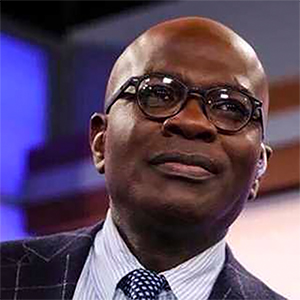
























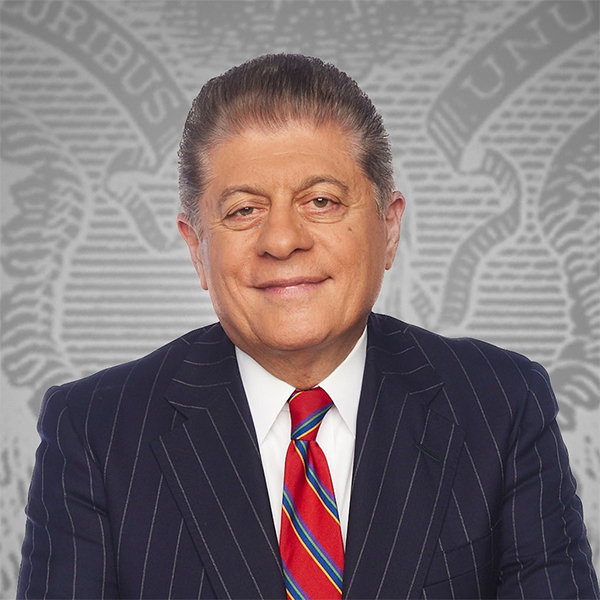




















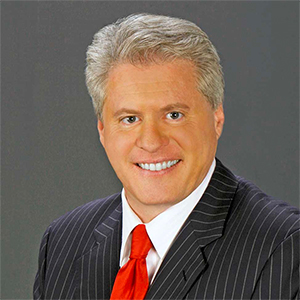
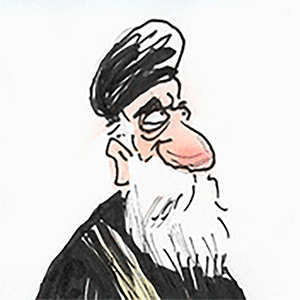

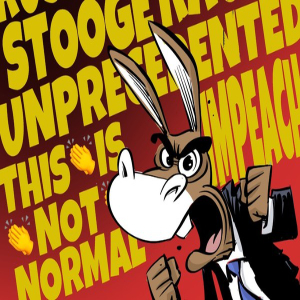



Comments